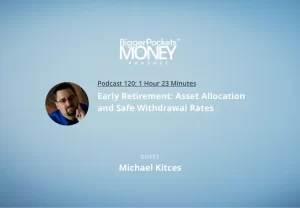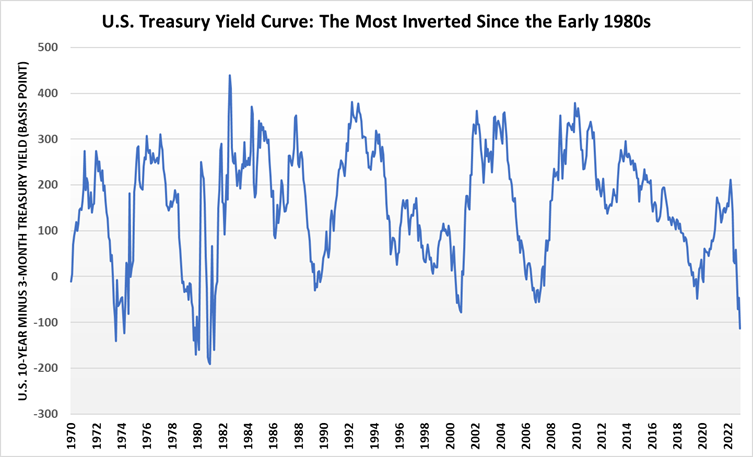
By Sa’ad Rana, Senior Associate, BMO ETFs
(Sponsor Blog)
When it comes to investment strategies, dividend or income investing holds a special place in the hearts of many investors, especially retirees. It’s not surprising, considering that dividends often constitute a substantial portion of a portfolio’s total return. Let’s dive into this popular approach and understand how Exchange-Traded Funds (ETFs) can be a game-changer.
The Dividend Advantage
Now, let’s dissect the significance of dividends in the realm of equity returns. Looking over the long-haul equity return expectations, the S&P has returned an average of around eight per cent over a 40+ year period[i]. In historical context, dividends have accounted for a significant portion of this return, ranging from three to four per cent. This underscores how dividends contribute almost half of the total equity market return annually[ii]. However, their true power lies in compounding. While you collect dividends each year, reinvesting them into equities sets the stage for exponential growth. This compounding effect is what propels your portfolio to higher echelons of growth.
Moreover, dividends are more than just monetary gains; they serve as a vital indicator of a company’s financial health. While not the sole indicator, companies with robust dividend policies often signal financial stability. It’s crucial to note, however, that not all dividends are created equal, a distinction we’ll explore further.
The Art of Portfolio Construction
We’ve witnessed a surge of interest in dividends: evident in the significant influx of investments into the dividend space. But what are the actual benefits of incorporating dividend investments into your portfolio?
From a portfolio construction perspective, the benefits of including dividend-paying stocks are evident. We’ve examined 32 years of returns across various companies in the Canadian equity market. Dividing them into dividend growers, dividend payers, dividend cutters, and non-dividend payers, a clear pattern emerges.
The standout performers are the dividend Growers, showcasing the potential of quality dividend-paying stocks. Over this period, they have consistently outperformed the broad index, offering a higher average return. Moreover, when it comes to managing risk, dividend Growers and high-quality dividend payers exhibit a slightly lower level of volatility compared to the broader market. This suggests that a focus on sustainable, high-quality dividend stocks can lead to both enhanced returns and a controlled risk profile, making them a compelling addition to a well-rounded investment portfolio. It’s worth noting that not all dividends are created equal, and a discerning approach is crucial for maximizing the benefits of dividend investing.
Ensuring Sustainable Dividends
One of the crucial aspects of dividend investing is ensuring the sustainability of the payouts. Stepping into the shoes of a prudent investor, it’s imperative to avoid falling into yield traps: companies offering high yields but lacking the financial backing to sustain them. Enter the analysis of a company’s overall health, a task made easier by assessing key metrics.
Cash as a percentage of total assets and payout ratios are key indicators of a company’s financial fortitude. In recent times, the top quartile of companies has seen a surge in cash reserves, an encouraging sign of their resilience. Moreover, evaluating the payout ratio provides insights into the sustainability of dividends. A company paying out more than it earns in the long run is walking on thin ice, whereas those with ratios in the 40-50% range are on relative solid ground.
Dividends in an Age of Inflation
Amid the specter of inflation, dividend strategies have shone brightly. Companies with robust dividend policies, characterized by stable cash flows, have weathered the storm far better than their growth-oriented counterparts. Inflation, while posing challenges to certain sectors, has not dampened the dividend-driven approach. In fact, historical data (monthly excess returns over the MSCI World Index for the last 45 + years) indicates that dividend-paying companies fare even better in high CPI environments, providing a reliable anchor for portfolios.
At the heart of the resilience of dividend-paying companies lies their ability to generate steady and predictable cash flows. These companies often operate in industries with stable demand for their products or services, which provides a buffer against the uncertainties associated with inflation. By virtue of their financial stability, they’re better positioned to maintain and perhaps even grow their dividend payouts, providing a reliable source of income for investors.
Historical data, tracked against the Consumer Price Index (CPI) reinforces the notion that dividend-paying companies can act as a reliable anchor for portfolios during inflationary periods. These companies tend to exhibit a degree of insulation from the market volatility often associated with rising prices. By consistently delivering returns through dividends, they offer investors a source of stability in an otherwise uncertain economic environment.
Methodology Matters
In the realm of Dividend ETFs, the choices are vast, and not all ETFs are created equal. Each comes with its unique methodology, impacting performance. Factors such as weighting methodology, sector caps, and company quality screenings play pivotal roles in the outcome. This underscores the importance of understanding the underlying strategy before investing. Continue Reading…











